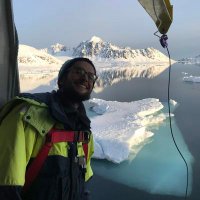
Daniel Fernández Román
@daniel_f_roman
Oceanographer and PhD student at @CIM_Uvigo | I like everything outdoors.
Working with biological nitrogen fixation and the nitrogen cycle in upwelling areas.
ID: 1366509590792318984
01-03-2021 22:04:22
111 Tweet
103 Followers
238 Following
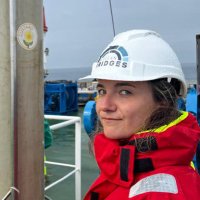
Check out our fresh off the oven work on #diazotrophs in the Southern #IndianOcean FEMS Microbes led by new shiny Dr Subhadeep Chowdhury Ocean Bridges IFCPAR/CEFIPRA Pure Ocean IRD.fr @univAMU_Europe @MIOceanologie academic.oup.com/femsec/advance…


How do eddies distribute particle-associated diazotrophs? Check our new paper 👉nature.com/articles/s4200… lead by Elena Cerdán in collab with Biological Oceanography Group Instituto de Investigacións Mariñas - CSIC Work funded by MOPGA France ANR - Agence nationale de la recherche CNRS Terre & Univers Agencia Estatal de Investigación
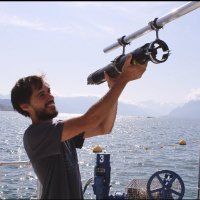
Does mixing matter for the Atlantic overturning? Here our (maybe controversial) conclusions from some recent observations by Daniel Fernández Román Isopycnal Eddy Stirring Dominates Thermohaline Mixing in the Upper Subpolar North Atlantic agupubs.onlinelibrary.wiley.com/doi/10.1029/20…

New pre-print on EGUsphere! 📢 How are surface Marine Carbonate System properties changing in the western Mediterranean Sea? We analyzed it over the last five years based on high-resolution VOS data (framed in ICOS RI ICOS_Spain). QUIMA IOCAG Doctorado en Oceanografía y Cambio Global ULPGC Research

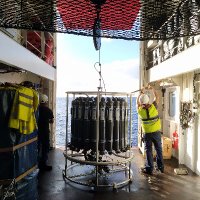


.Daniel Fernández Román está estes meses de estancia no Foster Lab do DEEP at Stockholm University (Stockholm University), un grupo enfocado en entender as simbiósis de diferentes grupos de plancto e bacterias, especialmente das que forman parte esencial dos ciclos bioxeoquímicos.


Waking up at Tovetorp after a great first day of #DEEPSoup2024 DEEP at Stockholm University

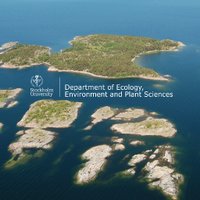



Diazotrophs are a potential sink of greenhouse gas N20. Our latest paper just published in GRL, AGU (American Geophysical Union), shows that N2O fixation not only directly sequesters N2O but may amount to 0.3 Tg C / y of global ocean net primary production. PRL Ahmedabad Geosciences Division (PRL) doi.org/10.1029/2024GL…


Máis cousas! 📸 Daniel Fernández Román participou o luns no workshop impartido por Isabel Reche e Francisco Perfectti → "Promoting creativity in scientific research" 🙌 #sibecol SIBECOL #SIBECOLAEET2025 #sibecol25











